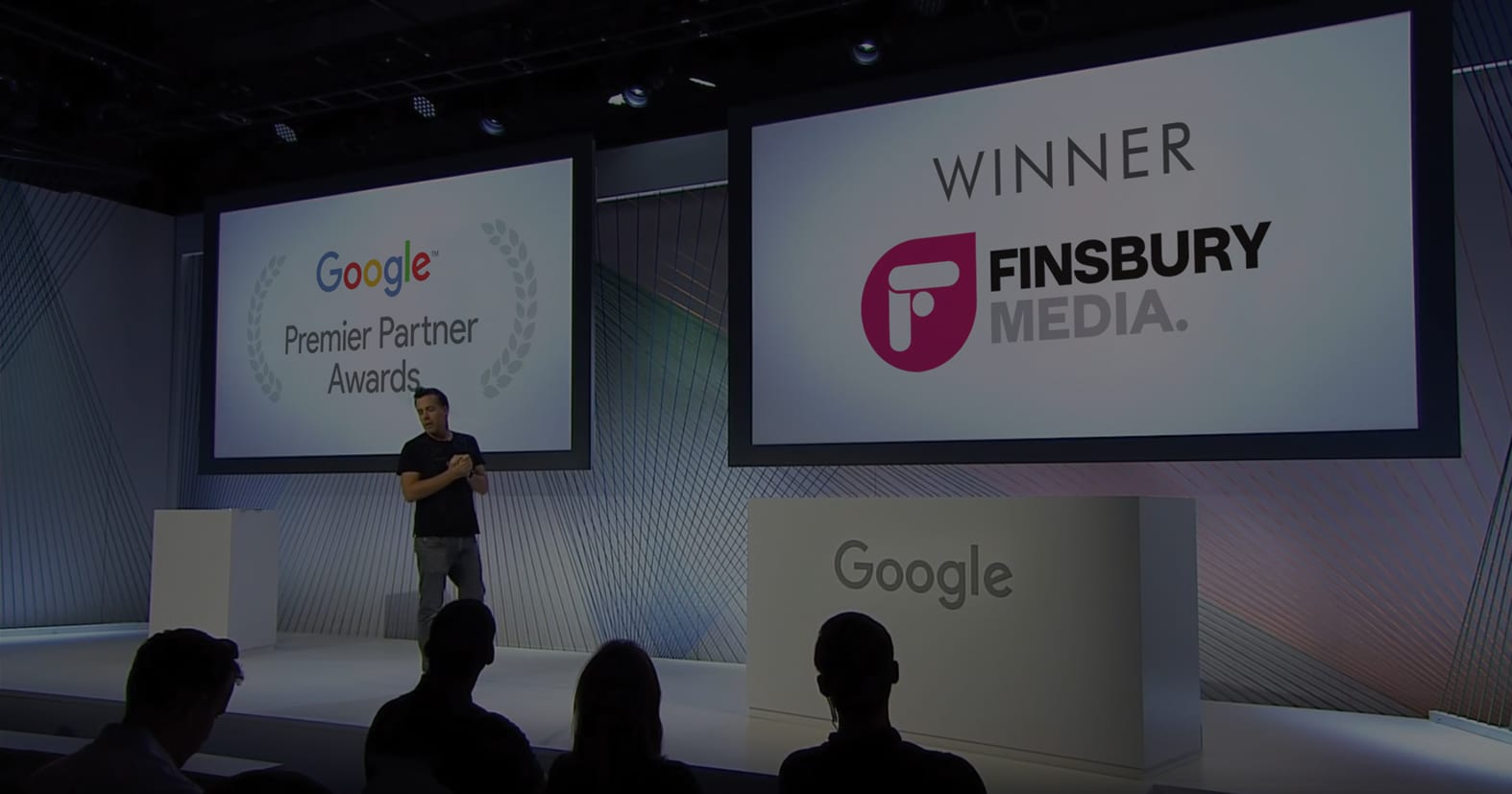Marketers have been told for a long time that when we rely on demographic data alone, we get only a one-dimensional view of our audience. And yet all too often, we’re still using things like age and gender to inform campaigns. The result? We run the risk of creating and serving up ads that people find irrelevant, and we miss out on potential customers.
Of course, all of this is intuitive. The better you understand your audience — knowing that someone is planning a family vacation, in-market for a new mobile phone, developing a passion for extreme sports, looking to eat more plant-based food — the better you can establish whether they might be interested in your product or brand. And if you’re speaking to the right customers, you’d expect your marketing to be more effective.
Here at Google, though, we like to go off more than just intuition. That’s why we carried out a test to show why it’s time for marketers to look beyond demographics.
Analyzing two years of campaign marketing data
To find out if our instincts were correct, we looked at two years of aggregated and anonymized performance data for 75,000 global YouTube campaigns using Google Brand Lift, which measures how much a video ad affected metrics like brand awareness, ad recall, and consideration. We did this for campaigns across 10 industry verticals — including automotive, retail, and travel.1
Some of those YouTube campaigns used only basic demographics to reach potential customers. For example, perhaps a campaign was aimed at reaching women between ages 25 and 34. Others used a feature available on YouTube called Advanced Audiences.
Advanced Audiences allows marketers to reach people based on things like their interests — whether the videos they watch on YouTube suggest they’re a foodie, a travel buff, or a beauty maven, for example. We call these prebuilt groups affinity audiences. Marketers are also able to create their own groups of audiences based on detailed interests tailored to their brands. Rather than just reaching foodies, a nondairy milk brand might want to reach vegan foodies. We call those custom affinity audiences. With Advanced Audiences, brands can also reach people who are actively researching certain products or services. We call those in-market audiences.
First, we worked out what the benchmark lift was for each metric in each of the industry verticals. For example, on average how much of a lift in brand awareness did the technology campaigns in our sample see?
Then, to understand the effectiveness of using more than just basic marketing demographic data to reach people, we isolated those campaigns that used Advanced Audiences to see what sort of a lift in marketing metrics they had compared to their industry average.
Lessons from 75,000 YouTube campaigns
So what did we find? The marketing data supported our hypothesis. A richer understanding of the audience you’re trying to reach makes for much more effective marketing campaigns.
Across every industry vertical, campaigns that used Advanced Audiences saw a lift in various marketing objectives. Finance campaigns that used in-market audiences saw a 1.5X lift in consideration, while retail campaigns saw a 1.4X lift in purchase intent. Telecommunications campaigns that used affinity audiences saw a 1.3X lift in ad recall, and food and beverage campaigns that used custom affinity audiences saw a 2X lift in awareness.

Think with Google
1 Sample of findings from the analysis.
2 Compared to industry average.Share
Some of the audiences that saw the biggest lift in marketing objectives across industries seemed pretty obvious. For technology campaigns, people who were already in-market for a computer had a high lift in purchase intent. No surprises there.
Others were more unexpected. For telecommunications campaigns, outdoor enthusiasts and fashionistas were among the affinity audiences with the biggest lift in ad recall. A telecommunications marketer wanting to raise awareness for a new mobile plan might not have thought these people would be especially interested in their offering, missing out on a key communication opportunity with potential customers.
Going beyond marketing demographics
It’s important to keep in mind that these findings are not causal and do not guarantee future campaign performance. But they still offer interesting lessons that marketers can act on immediately.
The first is obvious: Stop relying on marketing demographics alone. With the technologies and tools available today, it’s possible to have a much deeper understanding of your customers, and to use those insights to make sure you’re reaching the right people. If you’re launching a YouTube campaign to promote a new fashion line, rather than trying to guess who might be interested based on broad categories, like age and gender, use an existing affinity group like fashionistas.
Your customer base is probably a lot more multifaceted than you might have expected.
The second lesson is that your customer base is probably a lot more multifaceted than you might expect. Who would have thought that an outdoor enthusiast would be particularly receptive to a telecommunications ad? So before you launch a new campaign, try pretesting your creative with groups of audiences you might not have otherwise considered.
And finally, once you’ve mastered the first two lessons, consider customizing even further. For example, if you’re launching a new range of low-sugar snacks on YouTube, create a custom affinity group that goes even more granular than the prebuilt ones and personalize the video creative to this audience.
From this analysis, it is clear that people are far more multidimensional than we, as marketers, have historically given them credit for. It’s time that our advertising campaigns caught up.

